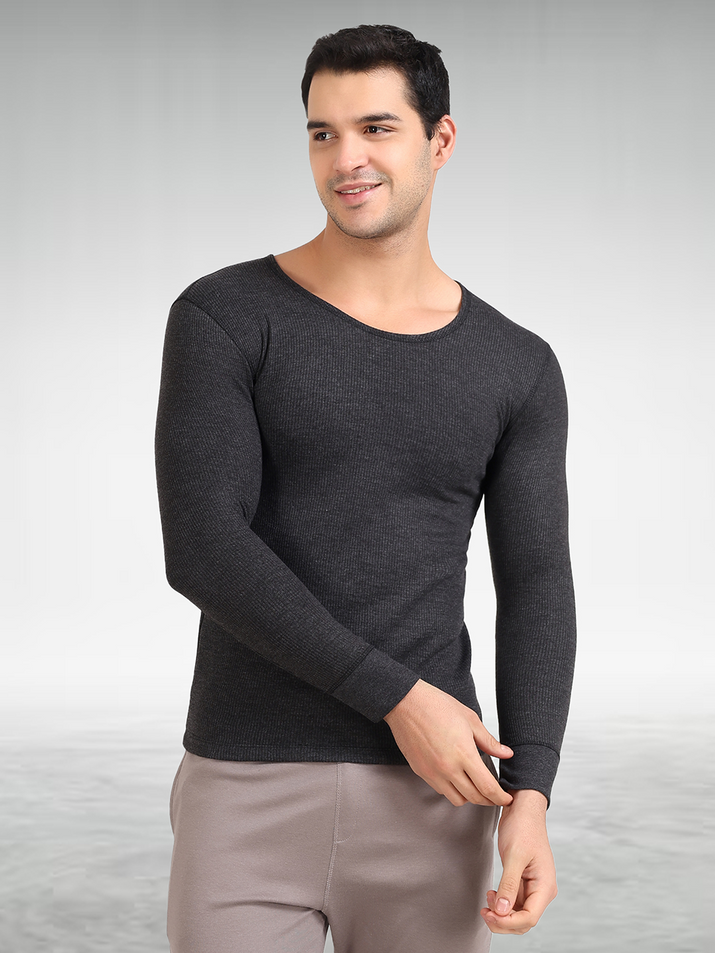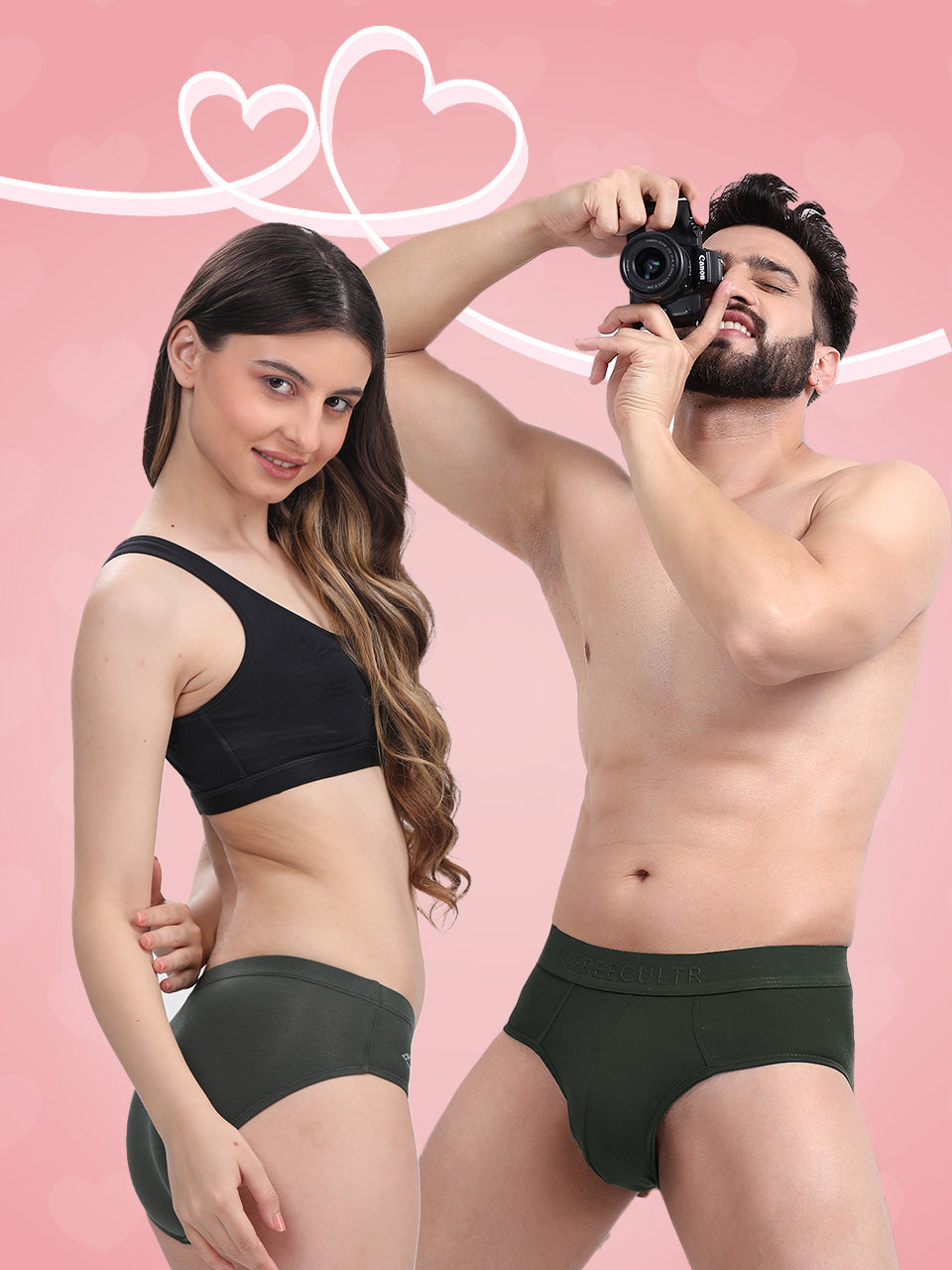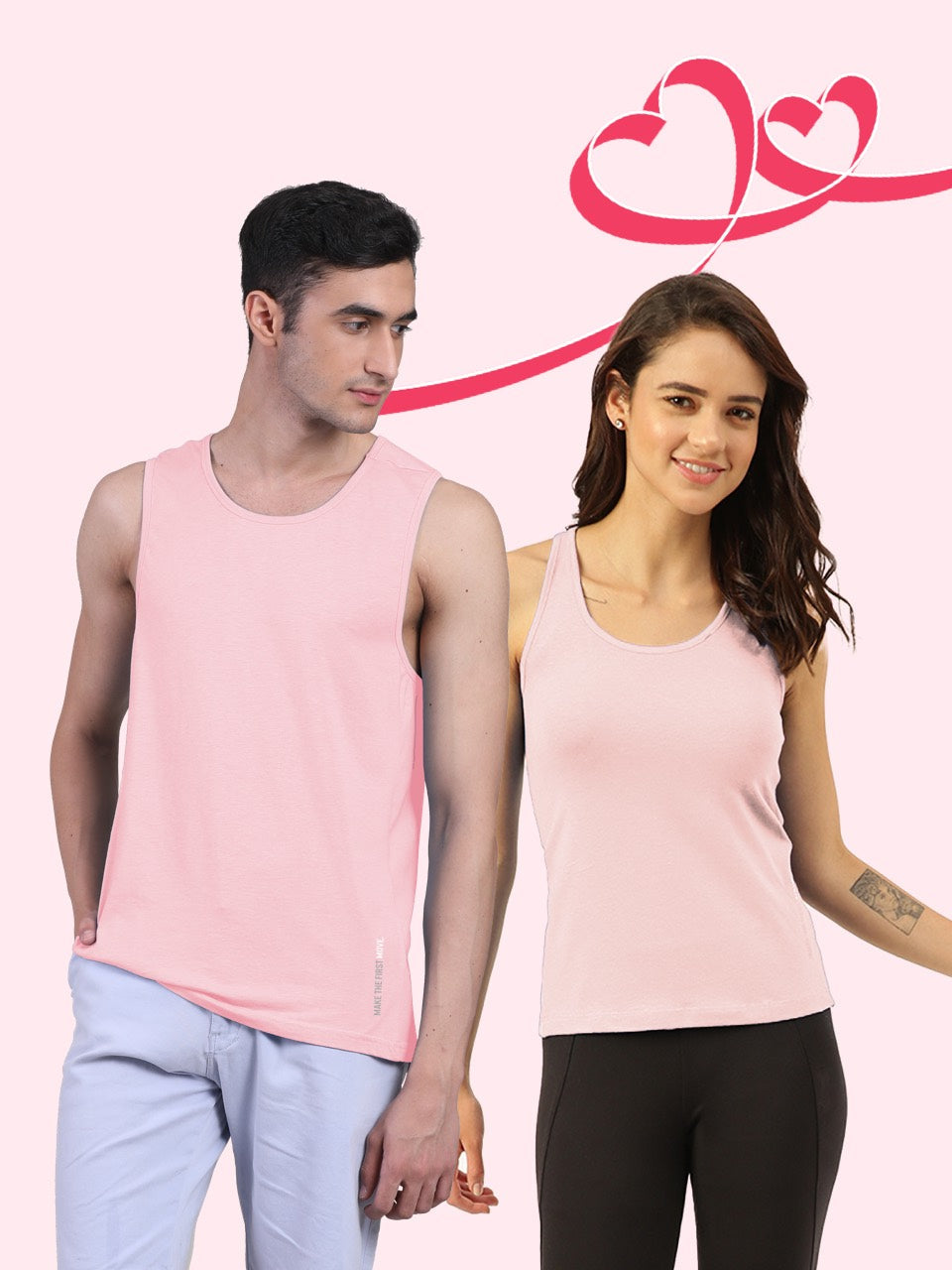Far beyond basic sun protection, performance sleeves have transformed into essential technical apparel, integrating sophisticated textile engineering. Today, athletes and outdoor professionals comprehend that specialized sleeves, such as those offering UPF 50+ for potent UV attenuation or graduated compression for optimized post-exertion recovery, profoundly enhance physiological efficiency. Recent advancements in seamless knitting and intelligent fabric blends, like those utilizing phase-change materials or advanced moisture-wicking synthetics, actively regulate thermoregulation and minimize muscle oscillation during intense physical demands. From elite marathon runners seeking reduced fatigue to construction crews requiring robust environmental defense, these specialized sleeves now embody a precise fusion of material science and ergonomic design, critically optimizing comfort and output across varied operational landscapes.

Understanding the Humble Sleeve: More Than Just Fabric
Hey there, ever thought about those seemingly simple pieces of fabric that slide onto your arms or legs? We're talking about athletic sleeves – not the kind on your shirt. The standalone wonders designed for specific purposes. For a long time, these sleeves were mostly associated with basketball players rocking them for a bit of style or extra grip. But oh, how times have changed! What began as a niche accessory has evolved into a powerhouse of performance enhancement and crucial sun protection, becoming an indispensable part of many active lifestyles.
When we talk about sleeves in this context, we're primarily referring to:
- Arm Sleeves: Covering the forearm and biceps, extending from the wrist to the upper arm. These are perhaps the most common type of sleeves you'll see.
- Calf Sleeves: Designed to go around the lower leg, from ankle to just below the knee.
- Knee and Elbow Sleeves: While often more for joint support (and sometimes thicker), these also fall under the umbrella of performance-enhancing sleeves for some applications.
The beauty of modern sleeves lies in their specialized construction. They're not just random tubes of cloth; they're engineered textiles, often made from advanced synthetic blends, designed to interact with your body in specific ways. Think of them as a wearable technology, optimizing your comfort and safety, whether you're hitting the trails, sinking a free throw, or just spending a day outdoors.
The Science Behind the Comfort and Protection
So, what makes these sleeves so special? It's all about the fabric and the clever engineering behind them. Let's dive into the core technologies that turn simple fabric into a high-performance tool.
Sun Protection: Your Wearable Shield (UPF Explained)
One of the biggest unsung heroes of modern sleeves is their ability to shield you from harmful UV rays. We all know about SPF for sunscreen. For fabrics, the magic word is UPF.
- What is UPF? UPF stands for Ultraviolet Protection Factor. It's a rating system used for clothing that measures how much of the sun's UVA and UVB radiation is blocked by the fabric. Think of it like SPF for your skin. For your clothes.
- How Does it Work? Fabrics with a high UPF rating are tightly woven, use specific types of fibers (like polyester or nylon). Sometimes incorporate special dyes or finishes that absorb or reflect UV radiation. The tighter the weave, the less UV light can penetrate.
- Why is it Crucial? Prolonged exposure to UV rays can lead to sunburn, premature skin aging. Significantly increase your risk of skin cancer. Wearing UPF-rated sleeves is a fantastic way to provide continuous, reliable protection without needing to reapply anything. For instance, a UPF 50+ fabric blocks more than 98% of UV radiation. That's a game-changer for long runs, bike rides, or even just gardening in the sun.
Comparing UPF to SPF:
| Feature | UPF (Clothing) | SPF (Sunscreen) |
|---|---|---|
| Stands for | Ultraviolet Protection Factor | Sun Protection Factor |
| Measures Protection Against | UVA & UVB rays | Primarily UVB (some broad-spectrum protect against UVA) |
| Application | Built into fabric, worn on body | Topical cream/lotion, applied to skin |
| Reliability | Consistent unless fabric is stretched/wet/worn out | Varies with application amount, reapplication frequency, sweating, swimming |
| Key Benefit | Consistent, physical barrier, no reapplication | Direct skin protection, allows for tanning (if desired with lower SPF) |
Moisture-Wicking & Breathability: Staying Cool and Dry
Ever worn a cotton t-shirt for a workout? You know that heavy, clammy feeling as it soaks up sweat. Modern sleeves are designed to avoid this entirely. They employ advanced fabric technologies to manage moisture and airflow.
- How Moisture-Wicking Works: Fabrics like polyester, nylon. Specific microfibers are engineered with tiny channels that pull sweat away from your skin's surface and transport it to the outer layer of the fabric. This process is called "capillary action." Once on the outer surface, the moisture can evaporate much more quickly, keeping you feeling dry and comfortable.
- Breathability: Beyond just wicking, these fabrics are also designed to allow air to circulate freely. This helps regulate your body temperature, preventing you from overheating during intense activity. It's like having a personal air conditioning system on your arms or legs!
I remember being skeptical about these for my long-distance running. I used to just roll up my shirt sleeves. But once I tried a pair of moisture-wicking arm sleeves on a hot summer run, I was converted. My arms felt noticeably cooler and drier. I wasn't constantly wiping sweat off my forearms.
Compression Benefits: Support, Performance, Recovery
Many sleeves, especially those used in sports, offer compression. This isn't just about making them snug; it's a carefully designed feature that provides a range of physiological benefits.
- Graduated Compression: High-quality compression sleeves often feature "graduated compression." This means the compression is tightest at the extremity (e. G. , the wrist for arm sleeves, or the ankle for calf sleeves) and gradually lessens as it moves up the limb. This gentle pressure helps push deoxygenated blood back towards the heart, improving circulation.
- Improved Blood Flow: Enhanced circulation means more oxygenated blood reaching your muscles and more waste products (like lactic acid) being carried away. This can translate to reduced muscle fatigue during activity and faster recovery afterward.
- Muscle Support & Reduced Vibration: The snug fit helps stabilize muscles, reducing excessive muscle oscillation or vibration during high-impact activities (like running or jumping). Less vibration means less micro-trauma to muscle fibers, potentially reducing soreness and fatigue.
- Proprioception: The constant, gentle pressure from compression sleeves can enhance your body's proprioception – its awareness of its position and movement. This can lead to better coordination and stability.
Thermal Regulation: Hot or Cold, They've Got You Covered
While often associated with keeping cool, some sleeves are designed to provide warmth. The same moisture-wicking properties that keep you cool in summer can also help keep you warm in winter by preventing sweat from chilling your skin. Also, specific thermal sleeves use thicker, insulated fabrics to trap body heat, making them ideal for cold-weather sports.
Enhanced Performance: Unleash Your Inner Athlete (or Outdoor Enthusiast!)
Now that we've covered the "how," let's talk about the "why." How do these technological advancements translate into real-world benefits for performance and beyond?
Athletic Performance: Go Further, Faster, Stronger
For athletes, sleeves are no longer just an aesthetic choice; they're a performance tool. Consider these applications:
- Running: Calf sleeves can reduce muscle fatigue in the calves, helping runners maintain pace longer and potentially reducing the risk of shin splints. Arm sleeves offer sun protection and moisture wicking, making long runs more comfortable, especially in exposed areas.
- Cycling: Cyclists often use arm sleeves for sun protection, especially on long rides where arms are constantly exposed. They also provide a light layer of warmth on cooler mornings that can be easily removed as the day heats up.
- Basketball: Beyond the iconic look, basketball arm sleeves help with sweat management, keeping the shooting arm dry for a better grip on the ball. The compression can also aid in muscle stability during quick movements and jumps.
- Weightlifting: Some lifters use elbow or knee sleeves for joint warmth and compression, which can increase proprioception and provide a feeling of stability during heavy lifts.
A friend of mine, a dedicated marathon runner, swears by her calf sleeves. She used to suffer from terrible calf cramps in the later stages of her races. Since she started wearing compression sleeves, she's noticed a significant reduction in cramping and feels her legs are less fatigued post-race. It's a small change that made a big difference in her performance and recovery.
Injury Prevention & Recovery: Your Body's Best Friend
The benefits of compression sleeves extend well into injury management and recovery:
- Reducing Swelling: The gentle pressure helps to reduce fluid buildup in injured or fatigued limbs.
- Muscle Soreness (DOMS): By improving blood flow and reducing muscle vibration, sleeves can lessen the severity of Delayed Onset Muscle Soreness (DOMS) after intense workouts.
- Support for Minor Injuries: While not a substitute for medical treatment, a light compression sleeve can offer some support for minor strains or sprains, allowing for continued activity while providing comfort.
- Faster Recovery: Post-workout, wearing compression sleeves can accelerate the removal of metabolic waste products and deliver fresh oxygenated blood to tired muscles, speeding up the recovery process.
Beyond Sports: Everyday Applications and Unexpected Heroes
While athletes were early adopters, the utility of sleeves goes far beyond the sports arena. They've found a comfortable home in various everyday scenarios where sun protection, comfort, or mild support are beneficial.
- Outdoor Work and Hobbies: If you spend a lot of time outdoors, whether it's gardening, landscaping, fishing, or even construction, arm sleeves are a godsend. They offer continuous sun protection, guarding against sunburn even when you're too busy to reapply sunscreen. Plus, they provide a light barrier against scratches, insect bites. Minor abrasions. I personally use them when I'm pruning roses – saves my forearms from countless thorns!
- Driving: Ever notice how one arm often gets more sun exposure while driving, especially on long trips? Arm sleeves are perfect for preventing that uneven tan (or burn!) and offering consistent UV protection through your car window.
- Medical and Recovery Support: In a more specialized context, medical compression sleeves are prescribed for conditions like lymphedema (swelling due to fluid retention), varicose veins, or post-surgical recovery. While these are typically different from athletic sleeves in terms of specific pressure gradients and materials, they share the core principle of controlled compression for therapeutic benefits.
- Tattoo Protection: For those with tattoos, especially new ones, arm sleeves offer excellent protection from direct sun exposure, which can fade ink and damage healing skin. Many people use them to keep their tattoos vibrant and healthy.
- Fashion and Style: Let's not forget the style aspect! Sleeves come in a vast array of colors and patterns, allowing you to add a pop of personality to your outfit, whether for sports or casual wear.
Choosing Your Perfect Pair of Sleeves: What to Look For
With so many options out there, how do you pick the right sleeves for you? Here are some key factors to consider:
-
Material: Most high-performance sleeves are a blend of synthetic fibers.
- Polyester & Nylon: These are excellent for moisture-wicking and durability.
- Spandex (or Lycra/Elastane): Provides the stretch and recovery needed for a snug, comfortable fit and compression. Look for blends with at least 10-20% spandex for good elasticity.
- UPF Rating: If sun protection is a primary concern, look for sleeves with a UPF rating of 30, 40, or ideally 50+. The higher the number, the better the protection.
-
Compression Level:
- Light Compression: Good for general sun protection, sweat-wicking. Casual wear.
- Moderate Compression: Ideal for athletic performance, muscle support. Everyday recovery.
- Firm Compression: Often used for medical purposes or serious athletic recovery; consult sizing charts carefully.
- Fit and Sizing: This is crucial! Sleeves that are too tight can restrict circulation, while those that are too loose won't provide the intended benefits (especially compression or proper sun protection if they slide down). Always measure your arm or calf circumference according to the manufacturer's sizing chart. Don't just guess your size!
- Seams and Construction: Look for flatlock seams. These are sewn flat, reducing chafing and irritation, which is especially crucial for activities where you'll be moving a lot.
- Specific Use Cases: Consider what you'll primarily use the sleeves for. Are they for intense sports, casual outdoor activity, or just sun protection while driving? This will guide your choice in material, UPF. Compression level.
// Example of how a manufacturer might list sizing on their website:
// Always check the specific brand's guide! //
// Arm Sleeve Sizing Guide:
// Measure the widest part of your bicep (relaxed) and wrist circumference. //
// Size | Bicep Circumference (inches) | Wrist Circumference (inches)
// -----|------------------------------|----------------------------
// S | 9 - 10 | 6 - 7
// M | 10. 5 - 11. 5 | 7 - 8
// L | 12 - 13 | 8 - 9
// XL | 13. 5 - 14. 5 | 9 - 10
//
// Note: If you are between sizes, consider your preferred compression level. // For tighter compression, size down. For looser, size up. Caring for Your Sleeves: Longevity Tips
To ensure your sleeves continue to perform their best and last for ages, a little care goes a long way. These aren't like your old cotton socks!
- Washing: Most performance sleeves should be washed in cold water on a gentle cycle. Use a mild detergent. Avoid fabric softeners, as they can clog the fibers and reduce the fabric's wicking ability.
- Drying: Air dry your sleeves whenever possible. High heat from a dryer can damage the elastic fibers (like spandex), reducing their compression and overall lifespan. If you must use a dryer, opt for the lowest heat setting.
- Storage: Store them flat or rolled, avoiding excessive stretching or crumpling, which can prematurely wear out the elastic.
- When to Replace: Over time, especially with frequent use and washing, the elastic in compression sleeves will break down. The fabric's UPF rating might diminish. If your sleeves feel less supportive, are baggy, or show signs of significant wear and tear (like thinning fabric or holes), it's probably time for a new pair. Think of it as replacing your running shoes – they have a lifespan for optimal performance.
Conclusion
Sleeves are far more than just accessories; they are a strategic investment in both enhanced performance and crucial sun protection. Next time you're preparing for a long bike ride or a vigorous trail run, consider how a quality pair of cooling compression sleeves can make a difference. I personally found them indispensable during my multi-day hiking trip across Utah's national parks, not only preventing nasty sunburn on exposed arms but also significantly reducing post-hike muscle soreness, allowing me to recover faster for the next day's adventure. This isn't just a personal preference; it reflects a growing trend in outdoor and athletic wear towards integrating smart textiles. Recent developments, like fabrics incorporating UPF 50+ and advanced moisture-wicking technology, mean today's sleeves offer unparalleled benefits. They empower you to push your limits safely, transforming potential discomfort into sustained comfort. Don't let environmental factors dictate your outdoor pursuits. Equip yourself wisely, embrace the full potential of your activities. Unlock a new level of endurance and protection.More Articles
Mastering Your Trail Running Gear: Essential ChecklistHydration Hacks for Peak Performance in Any Climate
The Science Behind Compression: Boosting Recovery and Endurance
Protecting Your Skin Outdoors: Beyond Sunscreen
Innovative Fabrics: How Technology is Revolutionizing Activewear
FAQs
What are these performance and sun protection sleeves all about?
These sleeves are designed to give you a dual benefit: support for your muscles during activity and reliable protection from the sun's harmful UV rays. They're great for anyone spending time outdoors or engaging in sports.
How do these sleeves actually boost my performance or help my muscles?
They offer mild compression, which can help improve blood circulation, reduce muscle vibration. Potentially lessen fatigue during exercise. This can lead to better endurance and quicker recovery.
Just how good is the sun protection from these sleeves?
Our sleeves are made with UPF (Ultraviolet Protection Factor) rated fabric, typically offering UPF 50+. This means they block over 98% of harmful UVA and UVB rays, providing excellent sun protection for your arms.
Will these sleeves feel hot or uncomfortable, especially in warm weather?
Not at all! They're crafted from breathable, moisture-wicking materials that help regulate your body temperature. They pull sweat away from your skin, keeping you cooler and more comfortable, even on hot days.
What material are these sleeves made from. How long do they usually last?
They're typically made from a blend of polyester and spandex, which provides the right balance of stretch, durability. Moisture management. With proper care, they're designed to withstand regular use and last a long time.
How do I figure out what size sleeve I need?
We recommend measuring the circumference of your bicep and wrist. Also the length of your arm from the bicep to the wrist. Then, compare these measurements to our sizing chart to find your best fit for optimal compression and comfort.
What's the best way to clean and care for my performance sleeves?
For best results and to maintain their effectiveness, machine wash them cold with similar colors and then air dry. Avoid using bleach, fabric softeners, or ironing, as these can damage the material and its properties.






